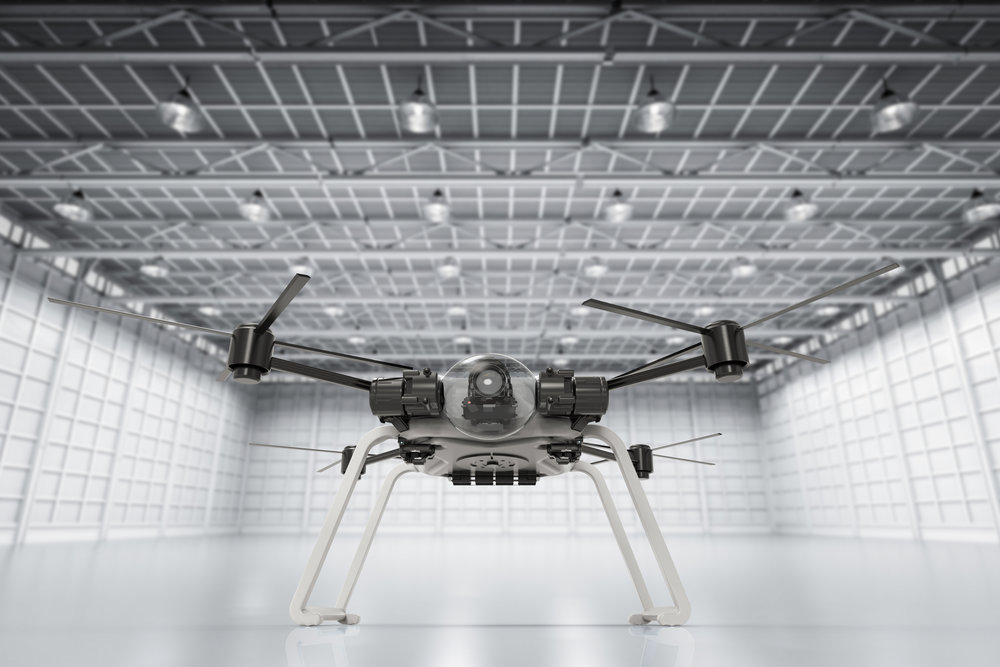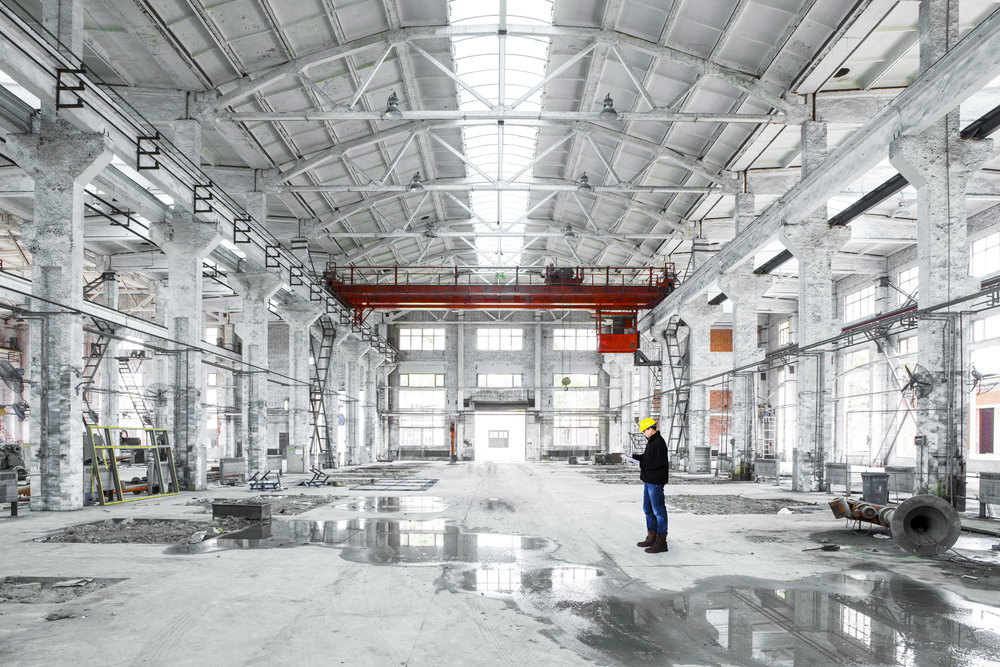Wasp Barcode Technologies: The Barcode Solution People
The Warehouses of the Future

If you’re above a certain age, you likely have an outdated image in your head of what a warehouse looks like. (And if you’re below that age, you likely don’t think about warehouses at all.) Those involved in the intricacies of warehousing—small business owners who want transparency in
their supply chain, for example—know that the warehouse is changing, and the future of the industry is populated with ideas both fantastic and outlandish.
The needs of warehouses are changing rapidly as mega-retailers like Amazon and Wal-Mart continue to
upend both traditional and e-commerce spaces. Even smaller businesses are recognizing the benefit—if not the outright need—of utilizing the warehouse space that a company like Amazon provides, and thus their future is wrapped up in the future of warehouse technology developments.
[Tweet "The needs of warehouses are changing rapidly."]
What kind of changes can we look forward to when it comes to warehouse design? Some ideas will completely re-imagine what it means to store and care for inventory before it’s sent off to customers; other concepts are more about making what we currently do more efficient.
Here’s a rundown of what to (possibly) expect in the years to come:
Underwater or Underground Warehouses
There’s no doubt that when you imagine a warehouse, you imagine it on land. It’s likely a big square building, with lots aisles and space for people and/or robots to move around.
The latter part of that is the problem for Amazon: They consider all the non-inventory in a warehouse to be wasted space. So they just filed a patent for a storage system that would take place completely underwater—in lakes, reservoirs, and pools.
Although the exact methodology for the Aquatic Storage Facility is still being worked out, the
patent outlines a number of options: Inventory could be delivered to the body of water by truck or by parachute, and lowered into the water in super watertight containers that could hold any of Amazon’s regular products, like shoes or books. To resurface the item, an air canister triggered by a signal would send the container to the surface; or by means of artificial currents. Then humans, drones, or other robots could retrieve the package for delivery.
A similar idea floated by Amazon (no pun intended) is for the warehouse—if that term truly applies here—to consist of a hollowed out area under the ground, filled with water. Inventory could be deposited down a chute, into the underground pool, and then resurfaced with balloons.
Either way, this is a radical departure from what we think of as warehouses, and would require some major advances in storage and tracking technology. But if the primary purpose of a warehouse is to hold on to inventory, we may need to start thinking outside the “box” that is the traditional warehouse, and this is a huge step in that direction.

Flying Warehouses
If going underwater or underground isn’t doable—or isn’t enough—maybe we need to look in the other direction. Amazon also filed a patent that came to people’s attention late last year for airships that could carry warehouses high above the earth.
From a
Dezeen article on the patent: These AFCs [airborne fulfillment centers] could be stationed above cities, and used to store and rapidly deliver items at times of high demand. They would do this using the drones – also known as unmanned aerial vehicles, or UAVs.
[su_divider top="no" size="2"]
[su_divider top="no" size="2"]
Best of all, the
drones that deliver packages off the AFCs wouldn’t use any energy, but just glide down and occasionally hover as well. The goal of using as little energy and being as sustainable as possible will be a major development point for all warehouse designs (more on that later). Shuttles could be used to deliver workers, drones, and inventory up to the airship.
When people wonder how Amazon will be able to complete same-day (or even one-hour) delivery in the future outside of mega cities like New York and Los Angeles, this may be the answer: The warehouse will be directly above people, rather than stationary and far outside city limits. It may also be used for events like concerts and festivals, where merchandise is sold en masses.
Beehive Warehouses for Drones
Yet another Amazon patent promises something unique: A
beehive-like tower that is built specifically with drones in mind.
According to the patent, these towers could take a number of different shapes: One design looks more like an egg, while another has more of a spiral look. Either way (and perhaps there will be multiple iterations), these towers may be built in the middle of densely populated urban areas to best serve that area’s delivery needs.

The patent says: “Unlike traditional fulfillment centers, the ML fulfillment centers may include many levels ... The fulfillment center may have one or more landing locations and one or more deployment locations to accommodate UAVs, which may delivery [sic] at least some of the items from the fulfillment center to locations associated with customers."
Since drones, at this point, are limited to deliveries of 5 pounds or less, expect these beehive towers to be stocked with popular yet smaller items that could be delivered with shocking efficiency.
Other Improvements to Existing Warehouses
Since we’re likely a long way off from warehouses in the water, in the sky, or built to resemble insect houses, we can also look forward to some new design options that will make our current warehouses more efficient, sustainable, and effective.
These
“warehouse of the future” ideas include:
- Net-zero buildings: As mentioned above, sustainability will be a major design goal for warehouses going forward. In a couple of decades, expect warehouses to be “net-zero” in terms of their energy use, thanks to solar panels that will provide energy for light and equipment as well as recharge the vehicles that make deliveries.
- Artificial intelligence and self-driving vehicles: We’re already seeing the use of drones and other smart machines in the warehouse, but expect the number of warehouses using robots and self-driving machines to increase exponentially in the coming years. Expect self-driving vehicles like trucks to be added to warehouse fleets, in order to make better use of time and use gas or energy more efficiently.
- 3-D printing: 3-D printing technology is in its nascent stages today, but by next decade we should expect to see them fully in use in warehouses. The supply chain will be shortened significantly when warehouses can simply print the inventory they once had to wait to be shipped. It will also create new niche opportunities as companies find unique ways to develop and print inventory.
- Predictive shipping: Using “big data,” warehouses may be able to predict an order before it even takes place. That kind of foresight will help businesses complete deliveries more quickly than ever before.
Warehouses, like everything else in our society, will be undergoing major technological upgrades in the years to come. Whether they’re retrofitted with robots or designed as a whole new entity altogether, it promises to usher in a new era of efficiency and excitement. Keep an eye on these trends as they continue to advance out of the development stage and into reality.





